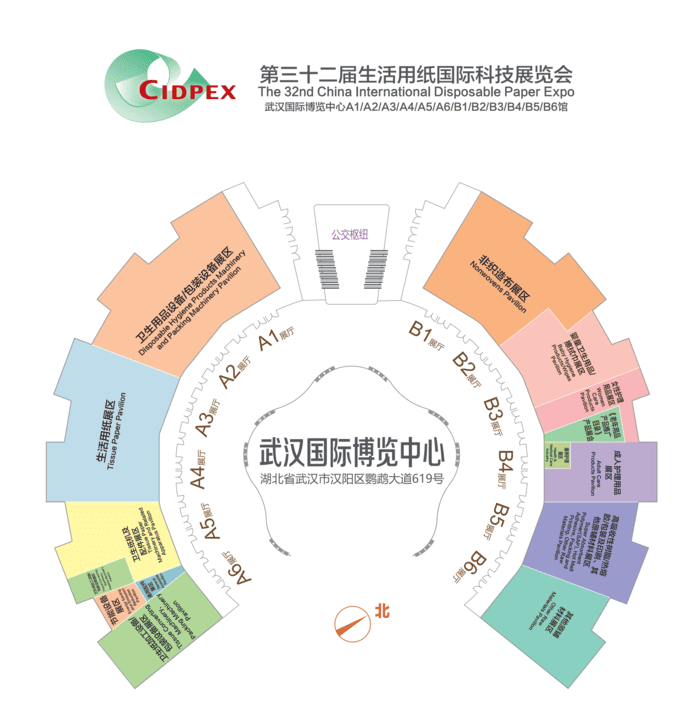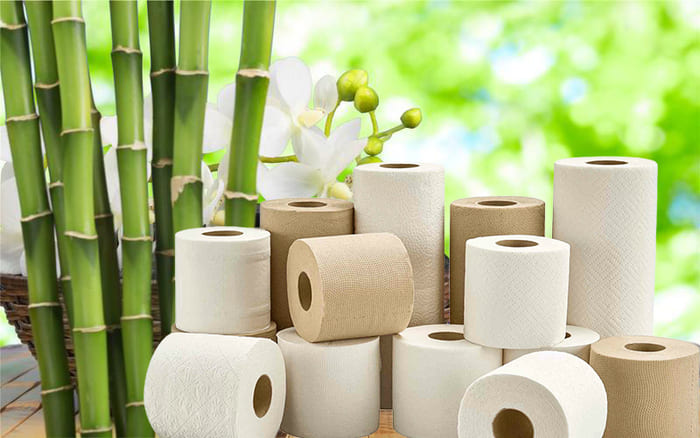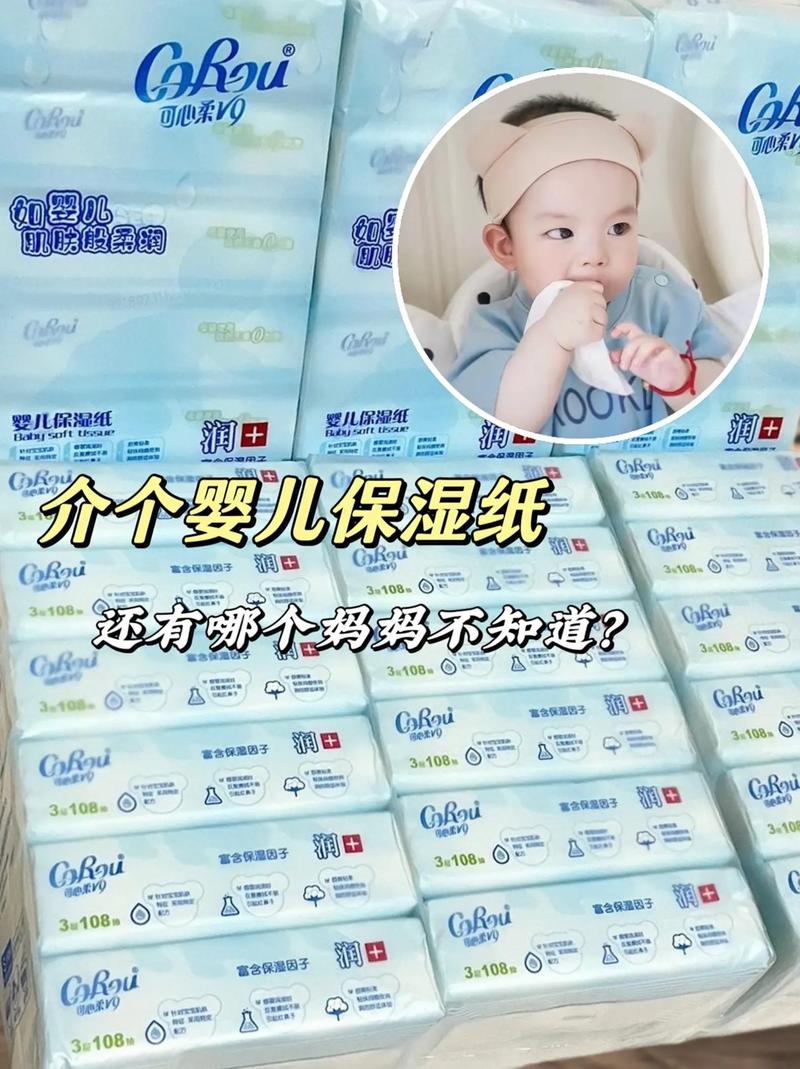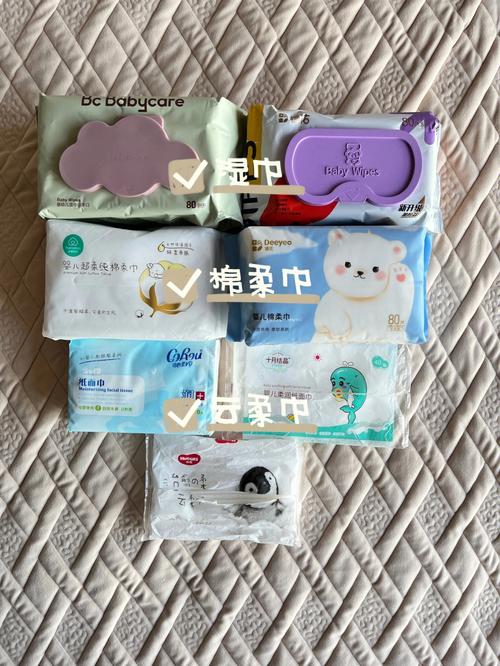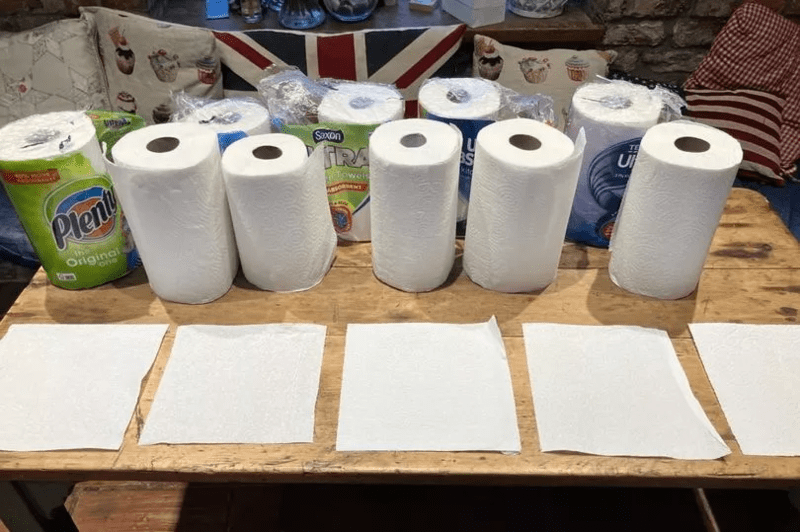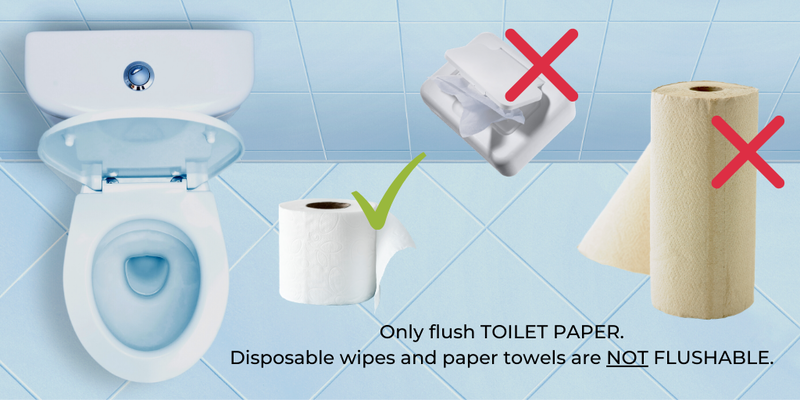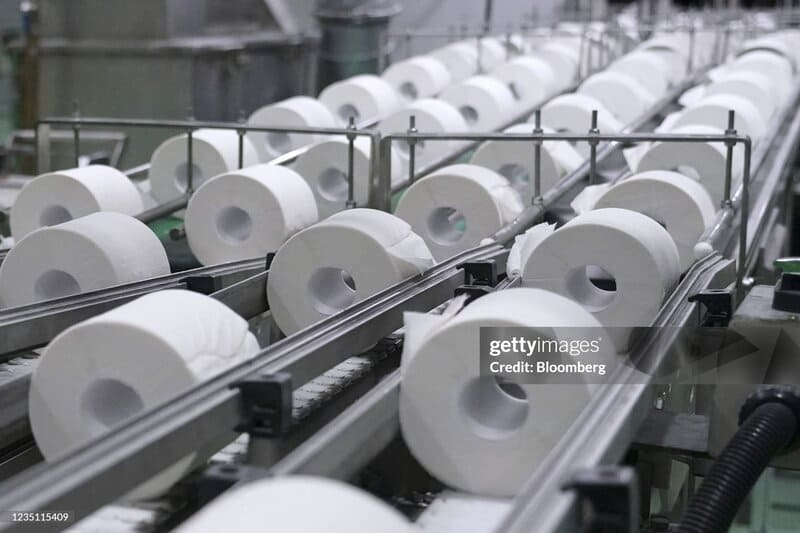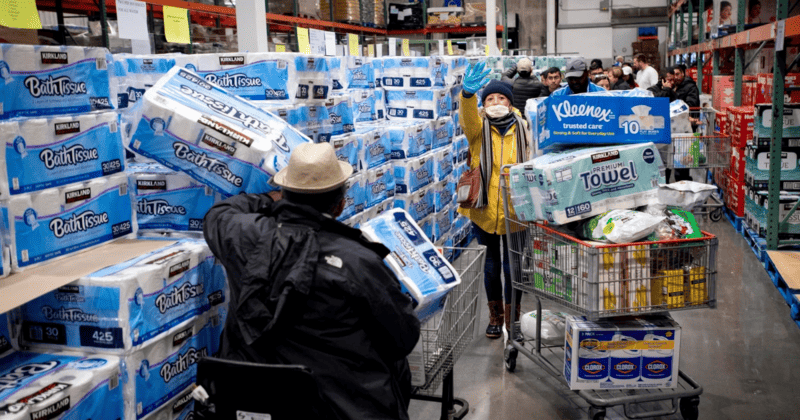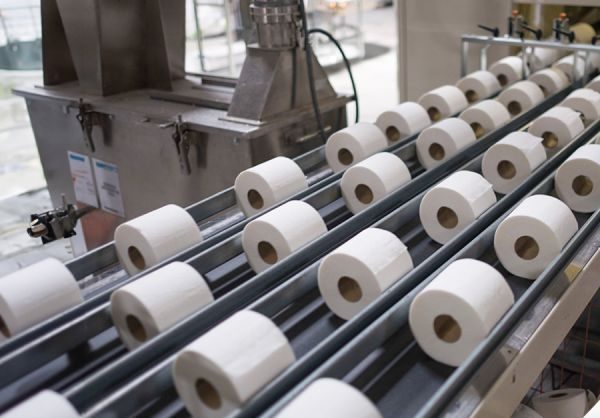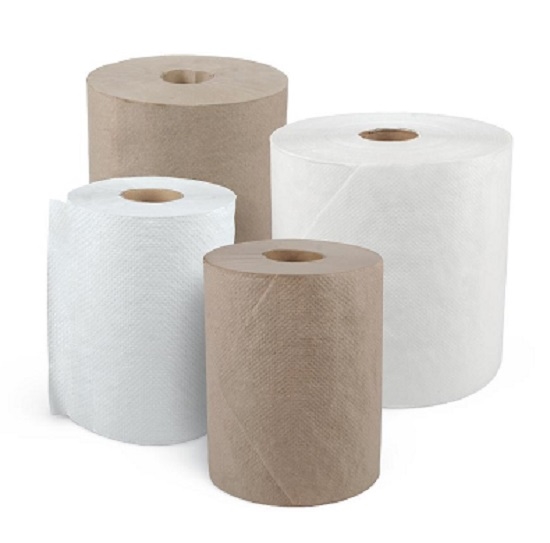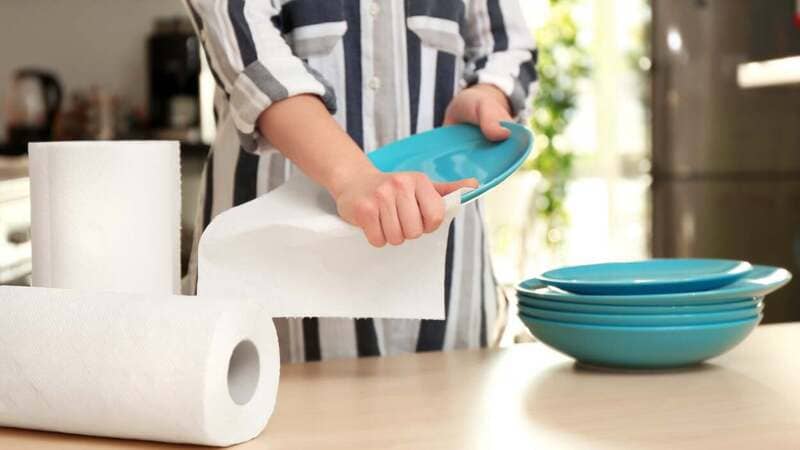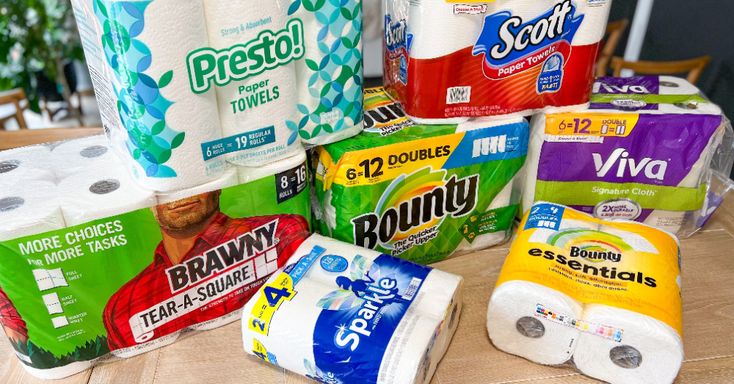Why Can’t We Use Toilet Paper Instead of Kitchen Paper Towels?
1. Introduction
The debate surrounding the use of toilet paper versus kitchen paper towels transcends mere preference; it delves into the distinct functionalities, compositions, and safety standards inherent to each product. For manufacturers in the paper products industry, understanding these differences is crucial. As consumers become more informed about their choices, the demand for specialized products increases. This article explores why toilet paper cannot effectively replace kitchen paper towels, highlighting key distinctions that benefit both manufacturers and consumers.

2. The Purpose of Each Product
2.1. Toilet Paper
Toilet paper is specifically engineered for personal hygiene, primarily used after using the bathroom. Its design prioritizes softness and comfort, catering to sensitive skin. The primary function is to clean bodily waste efficiently and comfortably, ensuring that users feel clean and refreshed.
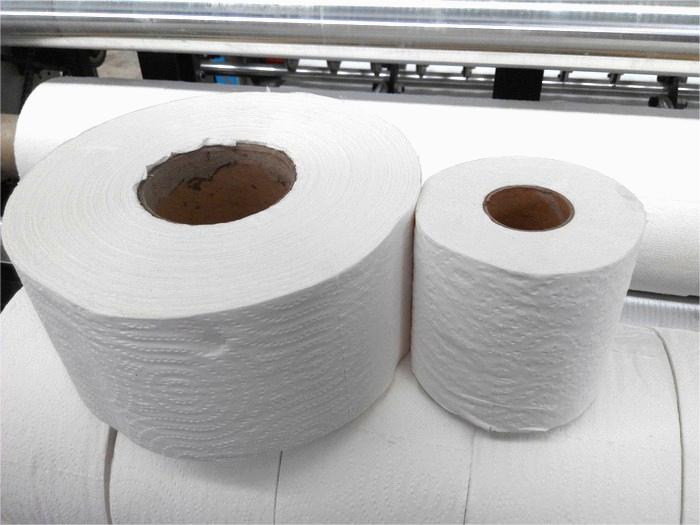
2.2. Kitchen Paper Towels
In contrast, kitchen paper towels serve a myriad of functions in the kitchen. Designed for versatility, they can absorb spills, clean surfaces, and aid in food preparation. The focus is on durability and absorbency, enabling them to tackle a range of cleaning tasks effectively. This fundamental difference in purpose is crucial to understanding why one product cannot substitute for the other.
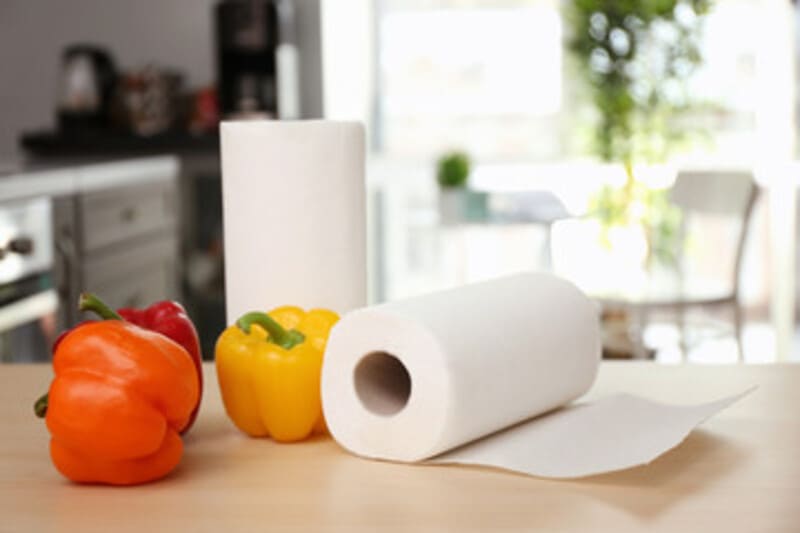
3. Composition and Material Differences
3.1. Fiber Content
The fiber content in toilet tissue typically consists of shorter, softer fibers that are gentle on the skin. This composition is ideal for its intended use but lacks the structural integrity needed for more demanding tasks. Kitchen paper towels, on the other hand, utilize longer fibers that provide strength and absorbency. This difference is key to their respective functionalities, with kitchen towels designed to handle more rigorous cleaning without falling apart.
3.2. Absorbency Levels
Absorbency is another critical factor. Kitchen towels paper are engineered to absorb significant volumes of liquid quickly, making them indispensable for cleaning spills and drying hands. Toilet paper, conversely, is not designed to handle liquids efficiently; it often disintegrates when wet, rendering it ineffective for cleaning tasks that require quick absorption.
3.3. Thickness and Strength
Thickness also plays a vital role. Paper kitchen towels are generally thicker and more robust than toilet paper. This added thickness not only enhances absorbency but also allows kitchen towels to withstand scrubbing and wiping, making them suitable for a variety of tasks, from cleaning countertops to drying dishes. Toilet paper’s thinness, while beneficial for its primary function, limits its utility in kitchen scenarios.
4. Hygiene and Safety Concerns
4.1. Bacteria Transfer
Using toilet paper roll in the kitchen raises significant hygiene concerns. Toilet paper can harbor bacteria from bathroom use, potentially transferring harmful pathogens to food preparation areas. This risk is unacceptable in culinary environments, where cleanliness is paramount. Kitchen paper towels are manufactured with hygiene in mind, minimizing the risk of contamination.
4.2. Food Safety Standards
Kitchen paper rolls are designed to meet strict food safety regulations. These products are often subjected to testing to ensure they are safe for contact with food. Toilet paper does not undergo the same rigorous testing, and its use in food preparation could pose health risks due to chemical residues or bacteria transfer.
4.3. Chemical Treatments
Some bath tissue undergo chemical treatments to enhance softness and reduce irritation. While these treatments are suitable for personal hygiene, they may not be safe for food contact, unlike kitchen paper towels, which are often produced with food safety as a priority. This difference is crucial for maintaining a safe kitchen environment.
5. Environmental Impact
5.1. Production Processes
The environmental impact of producing each product also differs significantly. Kitchen paper are increasingly manufactured using recycled materials, reflecting a commitment to sustainability. In contrast, toilet paper production may rely more heavily on virgin fibers, contributing to deforestation and environmental degradation.
5.2. Recyclability and Waste
Understanding the recyclability of each product can influence consumer choices. Many kitchen roll towels are made from biodegradable materials, allowing for composting and reducing landfill waste. Toilet roll, while also made from paper, often does not have the same compostability options and may contribute to higher waste levels.
5.3. Sustainability Practices
As consumers become more environmentally conscious, the demand for sustainable practices grows. Paper towel manufacturers are increasingly adopting eco-friendly production methods, sourcing renewable materials, and implementing energy-efficient processes. Toilet paper manufacturers may not prioritize these practices to the same extent, affecting their appeal to eco-conscious consumers.
6. Cost Considerations
6.1. Production Costs
The cost structures for producing toilet paper and kitchen tissue paper vary significantly. Kitchen towels often have higher production costs due to their enhanced features, such as absorbency and durability. These costs reflect the materials and technology used in their production.
6.2. Consumer Pricing
Price differences can affect consumer choices. While some consumers may seek cheaper options, it is essential for manufacturers to communicate the value proposition of kitchen paper towels. Understanding the long-term benefits of using a higher-quality product can help justify the price difference.
6.3. Long-Term Use and Waste
Over time, the cost of replacing inferior products can accumulate. Kitchen paper towels, despite their higher initial cost, may prove more economical in the long run due to their durability and effectiveness. Consumers may find that investing in quality kitchen towels reduces waste and ultimately saves money.
7. Consumer Preferences and Perceptions
7.1. Market Research Data
Consumer preferences dictate product success. Research indicates that most consumers are aware of the differences between toilet paper and kitchen towels. This awareness can shape purchasing decisions and brand loyalty, highlighting the importance of effective marketing.
7.2. Brand Loyalty
Brands that effectively communicate the unique benefits of their kitchen paper towels can cultivate consumer loyalty. By focusing on quality, performance, and safety, manufacturers can create a strong brand presence in a competitive market.
7.3. Marketing Strategies
Effective marketing strategies should emphasize the distinct purposes of each product to avoid consumer confusion. Highlighting the unique benefits of kitchen paper towels—such as absorbency, strength, and safety—can attract consumers and drive sales.
8. Regulatory Standards and Compliance
8.1. Industry Guidelines
Paper towel manufacturers must adhere to industry standards that govern product safety and effectiveness. Compliance with these guidelines ensures that kitchen paper towels meet consumer expectations and regulatory requirements.
8.2. Health Regulations
Compliance with health regulations is critical for kitchen paper towels, which must ensure safe contact with food. Manufacturers should stay informed about evolving regulations to maintain compliance and consumer trust.
8.3. Certification Processes
Understanding certification processes can aid manufacturers in positioning their products effectively in the marketplace. Obtaining certifications for safety and quality can enhance brand credibility and consumer confidence.
9. Innovations in Kitchen Paper Towels
9.1. New Technologies
Advancements in manufacturing technology have led to the development of more effective kitchen paper towels. Innovations such as improved absorbency technologies and stronger fiber blends enable manufacturers to offer superior products that meet consumer needs.
9.2. Eco-Friendly Options
The rise of eco-friendly paper towels reflects consumer demand for sustainable products. Manufacturers can capitalize on this trend by developing and marketing biodegradable and recycled paper towel options.
9.3. Customization for Businesses
Offering customizable options for businesses, such as bulk packaging or specialized branding, can create new revenue streams and meet diverse consumer needs. Customization can enhance brand loyalty and attract business customers seeking specific solutions.
10. Practical Uses of Kitchen Paper Towels
10.1. Food Preparation
Kitchen paper towels excel in food preparation tasks. They can be used to dry fresh produce, wipe down surfaces, and handle greasy items. Their versatility makes them an essential tool in any kitchen.
10.2. Cleaning Surfaces
The robust design of kitchen paper towels rolls makes them ideal for cleaning kitchen counters, appliances, and other surfaces. Their absorbency allows for effective cleaning without leaving behind residue.
10.3. Absorbing Spills
Kitchen paper towels are designed to quickly absorb spills, an essential function in any kitchen environment. Their ability to handle liquids efficiently sets them apart from bathroom tissue.
11. Case Studies and Examples
11.1. Industry Leaders
Exploring case studies from industry leaders can provide insights into successful product differentiation and marketing strategies. Companies that have effectively highlighted the benefits of their kitchen paper towels can serve as models for best practices.
11.2. Consumer Feedback
Analyzing consumer feedback can reveal preferences and areas for improvement in kitchen paper towel offerings. Gathering insights from customers can help manufacturers refine their products and marketing approaches.
11.3. Comparative Analysis
A comparative analysis of consumer choices can highlight the importance of emphasizing the unique features of kitchen paper towels. Understanding market trends and consumer preferences can guide product development and marketing efforts.
12. Conclusion
Understanding the differences between toilet tissue and kitchen paper towels is vital for manufacturers in the paper products industry. By focusing on product differentiation, environmental impact, and consumer preferences, manufacturers can better position their kitchen paper towels in the market. As consumers continue to seek specialized products that meet their specific needs, the demand for high-quality kitchen paper towels will only grow.
If you’re seeking a reliable supplier of tissue paper jumbo rolls for kitchen and bathroom paper towels, please reach out to YuanhuaPaper‘s sales team for pricing and product details.

